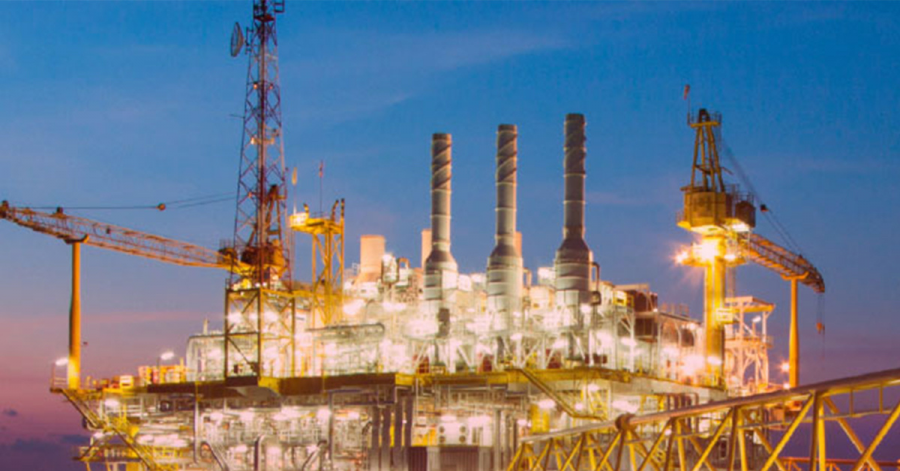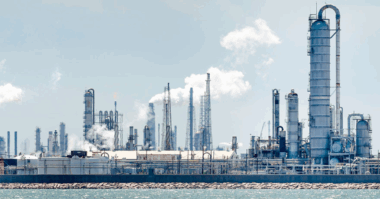Wireless gas detection is still a new concept and many people are not quite sure about the best practices for implementing a wireless gas detection system. In the first part of this series, we covered best practices for wireless gas detection network deployment. In this article, we review considerations for the actual placement of your wireless gas detection instruments.
Considerations for the deployment of your Wireless Gas Detectors
Different gas types, different approaches. For instance, in the cases of toxic gases like hydrogen sulfide, the protection of personnel takes the highest priority. What this could mean is to redeploy more detectors along frequently trafficked routes or escape paths commonly used by personnel, compared to locations that are unmanned.
In the case of combustible gases like methane, it is more important to detect the accumulations rather than the leaks. The reason is that there is a critical gas pressure-volume required in order for a gas explosion to occur. A pocket of gas accumulation thus has a higher potential of inducing an explosion than a leak itself. Studies have shown that the threshold size for an explosion to occur is a 6-meter gas cloud in a partially-closed environment; therefore, best practices show that deploying gas detectors 5 meters apart provides a decent safeguard.
Density of gas
If you have heavier gases like sulphur dioxide, install the gas detector closer to the ground. In the case of lighter gases like methane, you would want to place that detector higher above ground where the gas is likely to migrate upwards. Another related consideration related to density is the breathing zone, which is defined by the Occupation Safety and Health Administration (OSHA) as the 10-inch radius of the worker’s nose and mouth. For example, while hydrogen sulfide is a heavy gas, it should be deployed near the breathing zone, 4 to 5 feet above the ground instead of close to the ground.
Place wireless gas detectors away from high-pressure leak sources. Imagine a pipe spewing gas in a major leak. The high pressure of this leak means the gas is escaping at such a high speed, that the detector will not really be able to detect it. This is an important safety consideration to be aware of.
How should you address a conflict between network considerations and device placement considerations? Which consideration type should take precedence? In short, device considerations should always take priority. It is more important to detect gas in the right place. Network gaps can always be supplemented by devices called repeaters wireless relays that help to boost the signal as needed. It is always smarter to identify the right location for the gas detector first, then work out the network considerations around the device placement.
Download this whitepaper for a deeper dive into Best Practices in Wireless Toxic & Combustible Gas Leak Monitoring. If you have questions about how to set up your wireless gas detection network, contact Julian Yeo at jyeo@ueonline.com.




